The original Bleach anime series adapted the first several story arcs of author Tite Kubo's source manga, and for 300+ episodes, it kept shonen fans entertained. That anime was canceled in 2012, only for studio Pierrot to bring it back in the 2020s with the Bleach: Thousand-Year Blood War series, which adapts the Thousand-Year Blood War arc at last and finishes the story. While the TYBW anime is a sequel rather than a spinoff or reboot, it still has many differences from the original Bleach anime that fans watched in the 2000s.
The original and new Bleach anime series are similar in the ways that count, such as featuring the same cast of wonderful characters, using the same cool combat system, and blending action, humor, drama, and pseudo-isekai elements in a stellar fantasy narrative. However, fans of both series will quickly spot some key differences between them as well, and many fans may agree that the TYBW anime is not just different, but a substantial improvement. In other ways, the two series are simply distinct but equal.
10 The New Bleach Anime Has Better Pacing
Many anime fans may agree that older series, such as the lengthy shonen series from the 2000s, had sluggish pacing compared to today's biggest titles. Anime like Demon Slayer, Jujutsu Kaisen, and Chainsaw Man can cover a lot of ground in just 12 or 24 episodes, while the original Shonen Big Three needed many more episodes to cover similar stories.
The original Bleach anime had a leisurely pace that might frustrate today's anime fans who are more used to snappily-paced series like Demon Slayer. However, the Thousand-Year Blood War anime has tight pacing on par with today's shonen hits, and that's an improvement on many levels. The old Bleach anime would probably need about twice as many episodes to adapt this manga arc.
9 The Original Bleach Anime Had a Different and Arguably Better OST
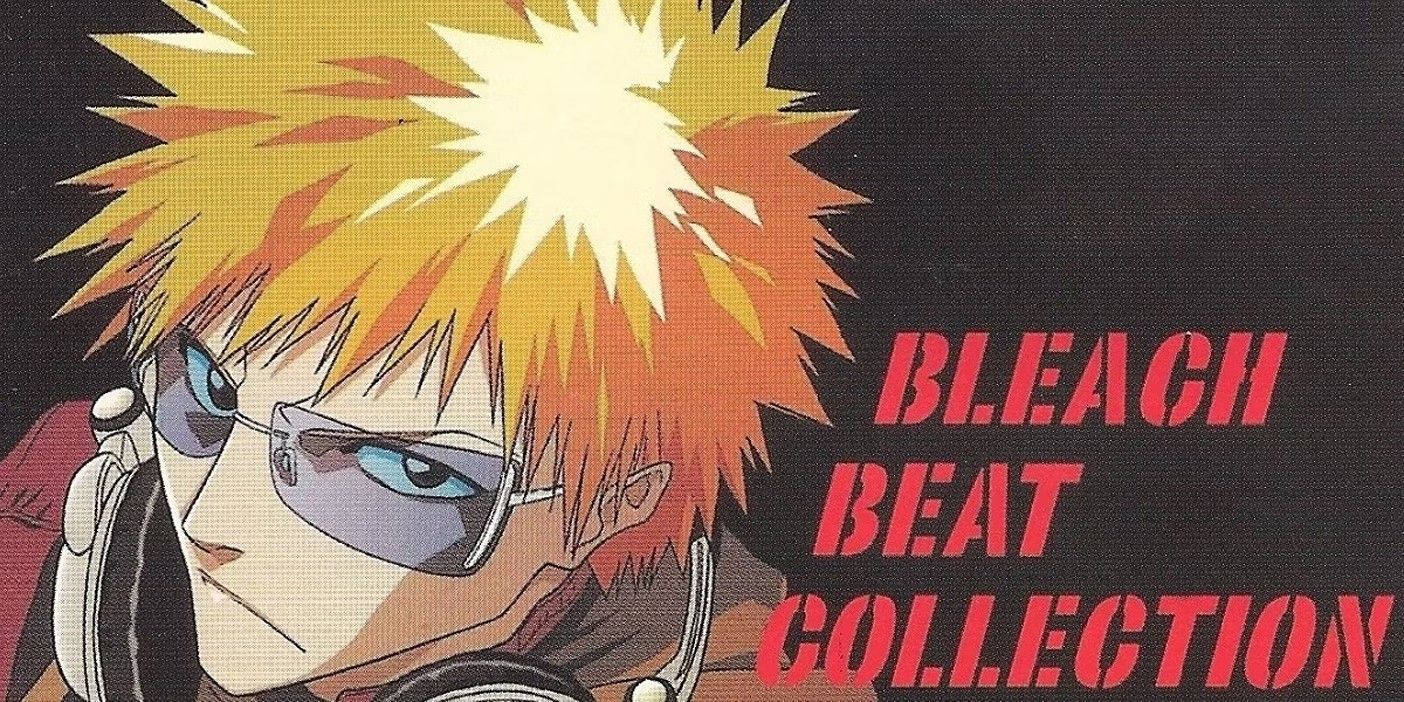
Every action shonen anime needs a great soundtrack to get fans pumped, and some series truly deliver, such as My Hero Academia with its song "You Say Run" and the intriguing blend of modern rock and traditional Japanese music found in Naruto's OST. In the 2000s, the Bleach anime stood out with its underrated yet excellent OST by composer Shiro Sagisu, complete with eerie synths, choruses, violins, electric guitars, and more.
The TYBW anime's OST is fine too, but it definitely lacks the innovative, memorable sounds of the original anime's OST, and that may disappoint some fans. The original OST even had cool ethnic music with Spanish-inspired tunes for the Hueco Mundo arc, but the modern anime doesn't do much like that.
8 The New Bleach Anime Has No Filler Content
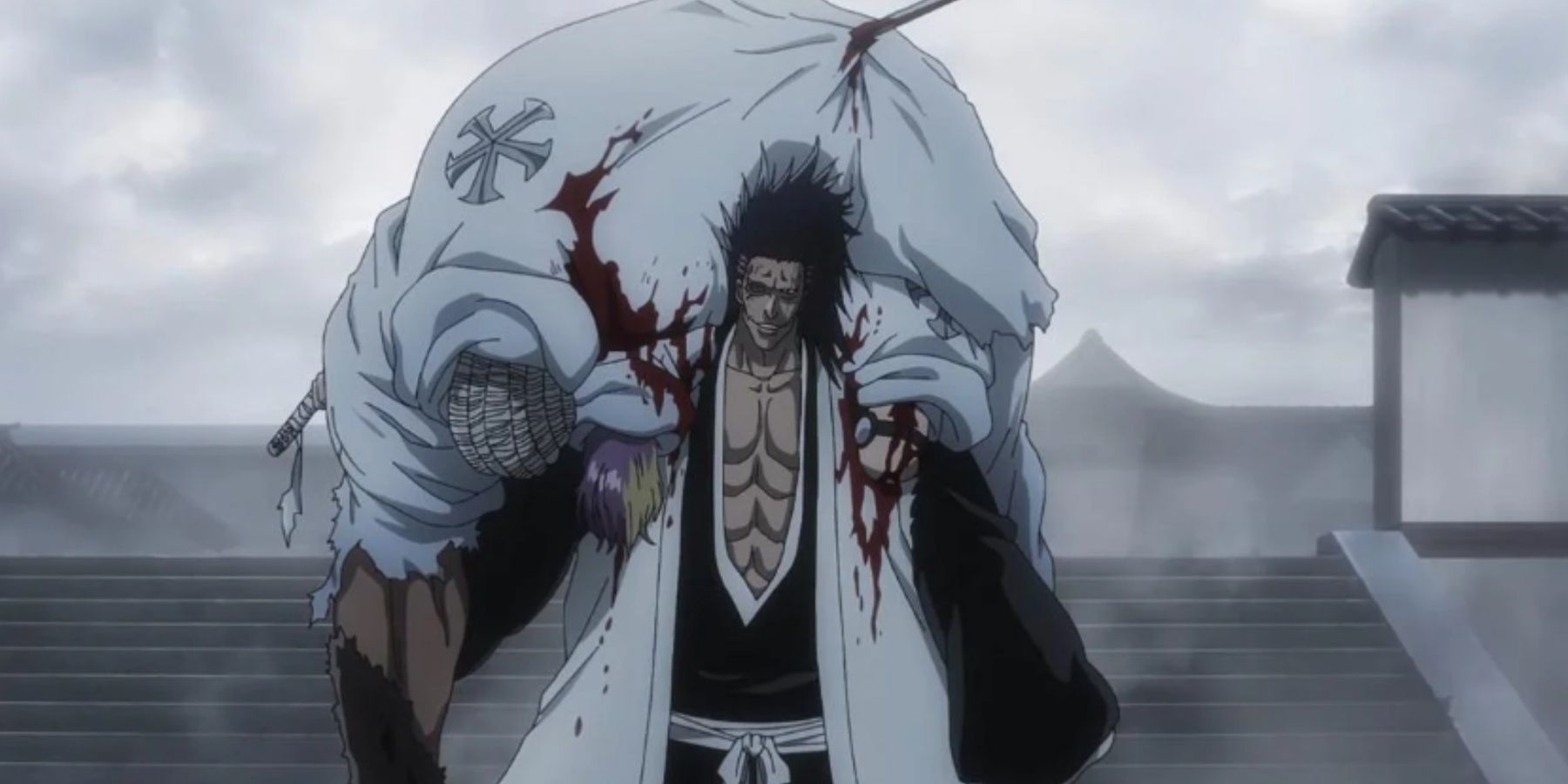
Anime filler will always have its fans, since for some fans, filler is simply more of a good thing for any great anime. Still, many more anime fans dislike filler, since it disrupts the pacing and distracts fans with non-canon storylines and characters that don't actually matter much. Unfortunately, the original Bleach anime had a lot of filler, as did its peer Naruto.
By contrast, the new Bleach anime has no filler episodes or arcs. The original manga is complete, so there's no need for filler to give the manga time to stay ahead. That definitely plays a part in the TYBW anime's better pacing, allowing fans to focus entirely on Tite Kubo's original story from beginning to end.
7 The Original Bleach Anime Had More Varied and Colorful Title Cards
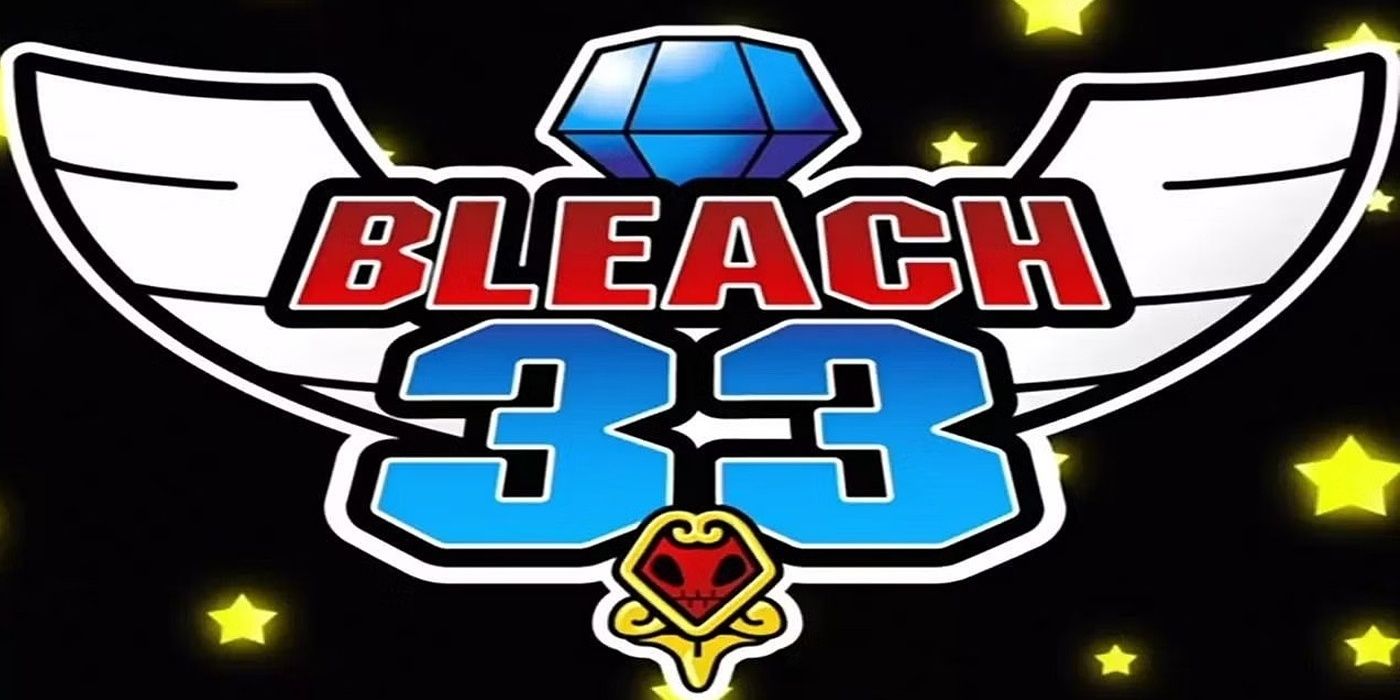
Plenty of anime series use the same template for their title cards, sometimes with a character reading the material aloud. Naruto and One Piece are like that, but Bleach's original anime had more creative, artistic ideas in mind. In that anime, every episode had a unique title card, so the entire concept was treated like a delightful art project.
The new Bleach anime has scaled that back, with only a few of its title cards having unique visuals to intrigue fans. Plenty more title cards in the current anime are generic and have simple text, so it feels like a wasted opportunity for a new set of cool title cards. It's far from a dealbreaker for any anime fan, but it's still a shame.
6 The New Bleach Anime Writes Out Its Heroes More Often
Shonen action series are usually reluctant to kill off their heroes, aside from brutally subversive anime series like Chainsaw Man. In the original Bleach anime, it seemed every hero was clad in thick plot armor, and Soul Reapers weren't killed off unless they became villains, like Gin Ichimaru and Kaname Tosen. In fact, no one whatsoever died in the Soul Society story arc.
While the original Bleach anime didn't write out its heroes, the newer Bleach anime is doing just that. It killed off Captain Yamamoto and Chojiro Sasakibe early on, then wrote out Sajin Komamura after he turned into a wolf after fighting Bambietta. The anime even killed off the gentle, motherly Captain Unohana when she revealed her true nature and fought Kenpachi Zaraki to the death.
5 The New Bleach Anime is Light On Flashbacks
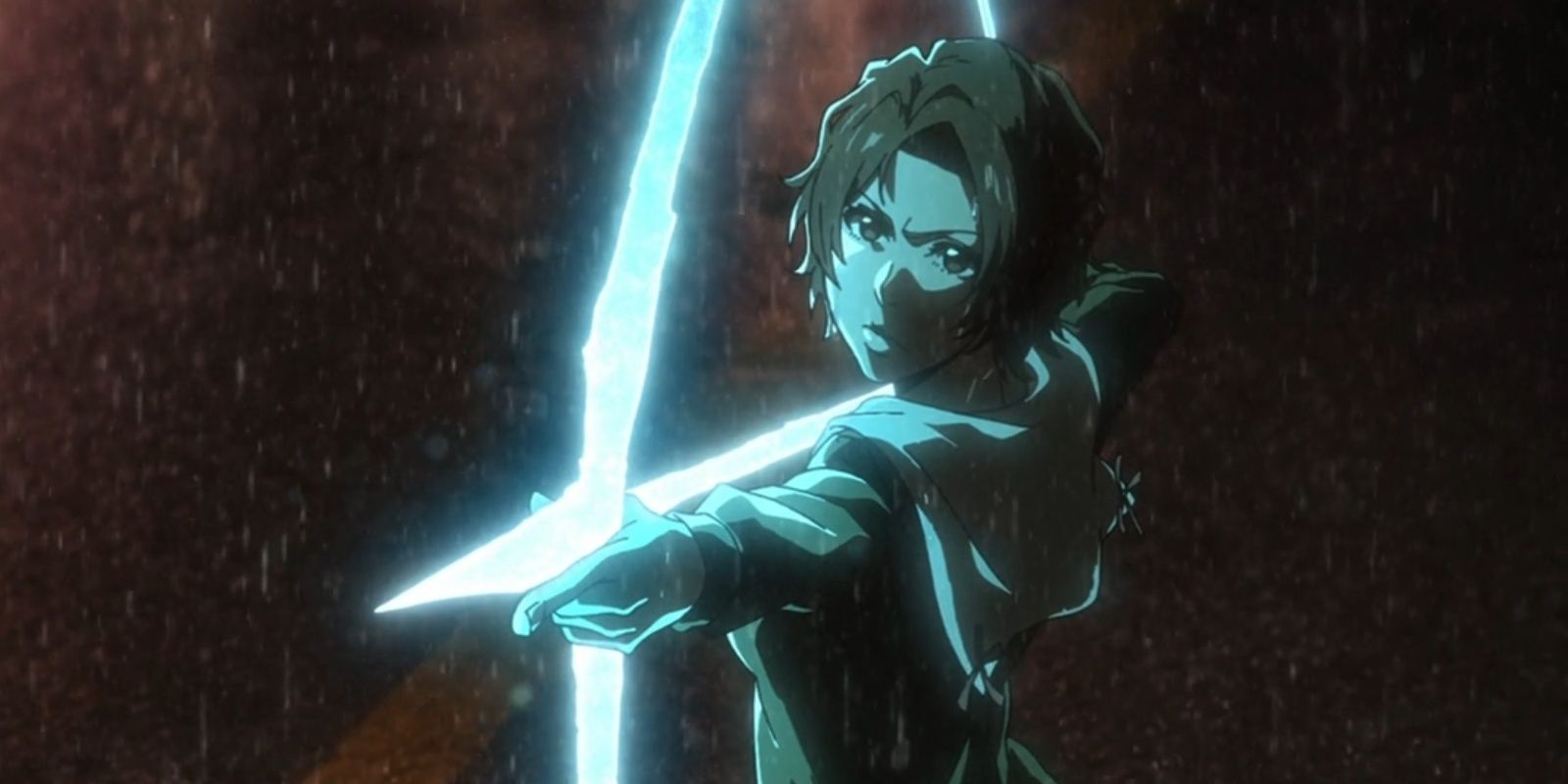
Flashbacks are a staple of shonen anime, and some of them may appear halfway through a fight to remind the hero what they're fighting for. The original Bleach anime had plenty of flashbacks, including mid-battle flashbacks, and from a modern perspective, it was excessive. Meanwhile, the new Bleach anime only makes light use of this trope.
A few times, the new Bleach anime will refer to the original anime's events with brief flashbacks that last just a few seconds, not a few minutes. The main exception was the flashback of how Captain Isshin Shiba saved Masaki Kurosaki's life, which helped explain Ichigo's powerful family tree. Now, Bleach's heroes must fight and win without the shonen-style power of flashbacks.
4 The Original Bleach Anime Had More (and Better) Humor
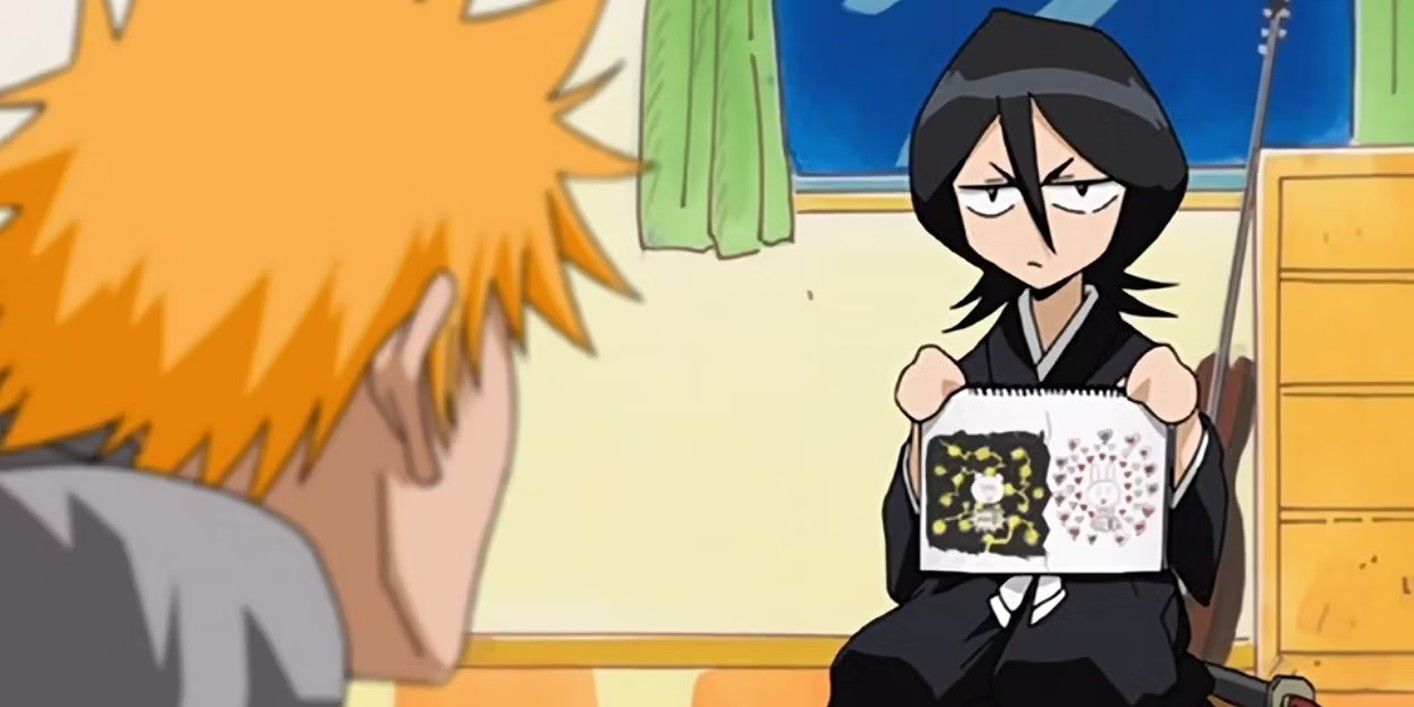
Compared to the comedy found in series like Chainsaw Man and My Hero Academia, anime fans might say that Bleach's humor is a bit weak since it relies too much on pointless arguments and tsundere characters butting heads. Still, the original Bleach anime had some delightful comedy, such as Rukia Kuchiki's fixation on rabbits and crayon drawings.
The new Bleach anime has weak and sparse humor, which is just as well since this is Bleach's most brutal and consequential story arc of all. The current anime actually feels awkward when it tries to be funny, such as Oetsu Nimaiya's flashy showmanship or the tsundere characters annoying one another. That means anime fans are encouraged to watch Bleach for its action and plot alone, not its wacky antics.
3 The Original Bleach Had More Worldbuilding
Even if Bleach is not a true isekai anime, the original anime's story arcs did have some charming isekai elements, such as the fondly remembered Soul Society arc. Ichigo and his friends journeyed to a whole new world to rescue Rukia, which included some rich worldbuilding with the Soul Society's laws, aesthetic, and the facts of daily life. Ichigo also journeyed to the grim desert realm of Hueco Mundo for another isekai adventure.
The new Bleach anime lacks the isekai that made Bleach stand out in the big three. Instead, the new anime is mainly about the Quincy empire's invasion of the Soul Society, so there aren't new worlds for Ichigo and his friends to visit. The Wandenreich's capital Silbern may be a new location, but it's not really an example of worldbuilding.
2 The New Bleach Anime Has Shorter Seasons
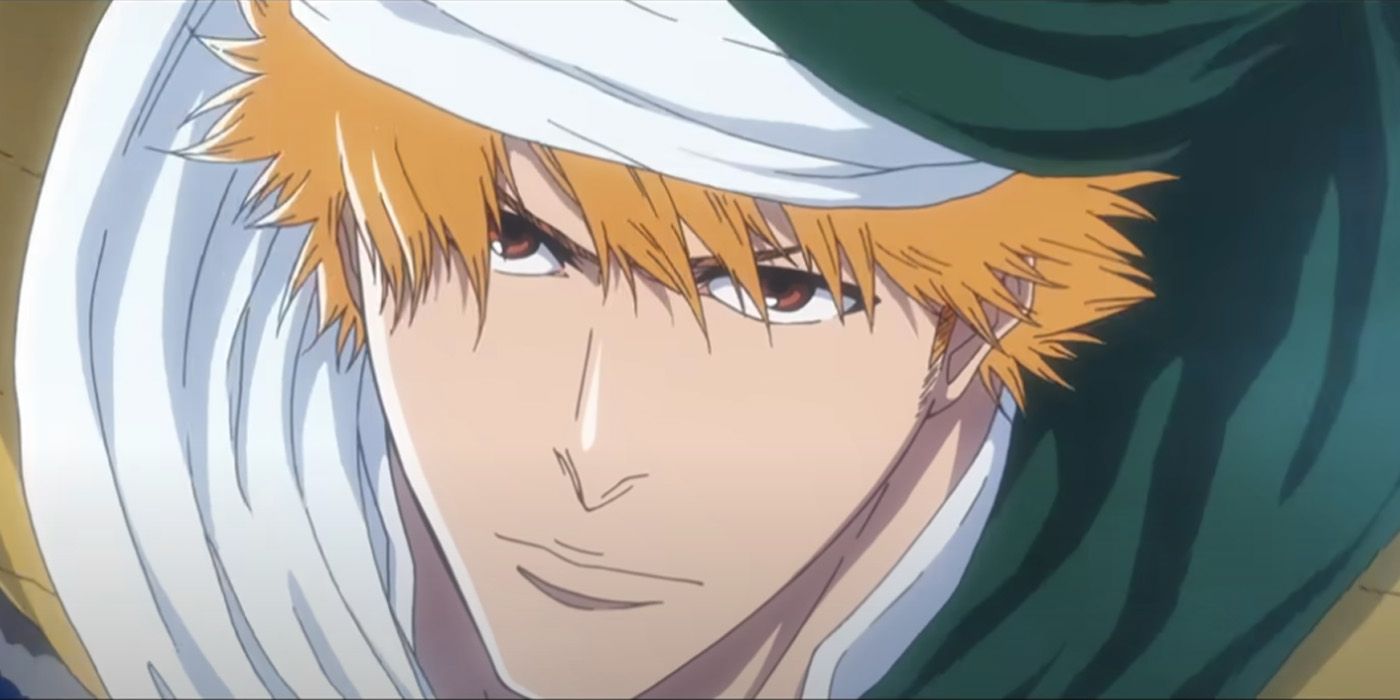
Strictly speaking, the entire Bleach: TYBW anime series is one large season as part of the overall Bleach anime. The current anime is being released in four cours, each of which is the length of a typical anime season. Functionally, each cour is a season, and each are around 12–13 episodes in length.
That's a serious contrast with the original anime, which had longer seasons with 20+ episodes to keep fans entertained for many months. The new Bleach anime is definitely a case of quality over quantity, but even so, impatient fans may not be fully satisfied with just 12 Bleach: TYBW episodes per year.
1 The New Bleach Anime Has Better Production Values
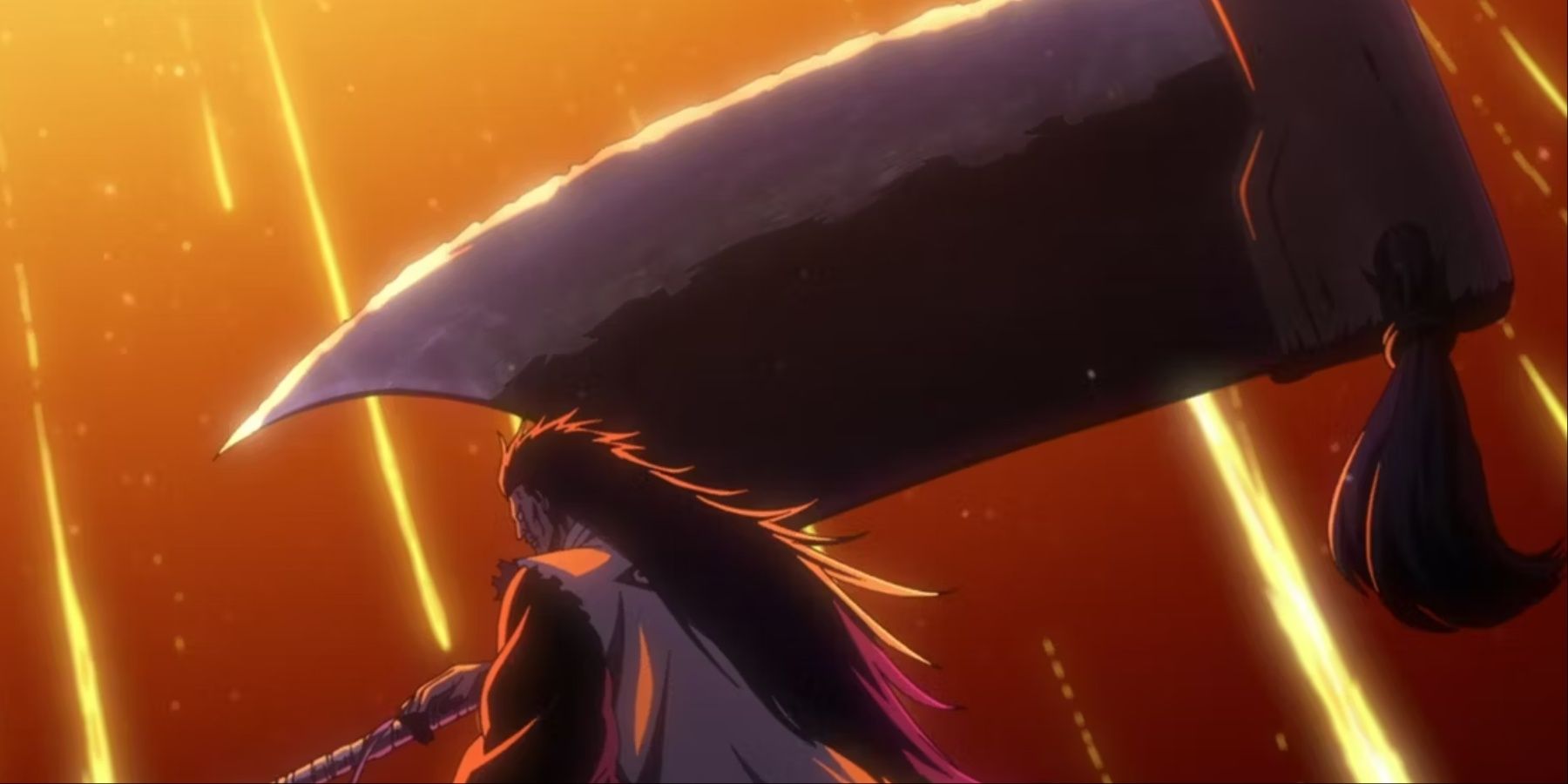
On one hand, the new Bleach anime lacks the stellar OST and unique episode title cards of the original, but aside from that, the new anime definitely looks better than the original ever did. The original Bleach anime was simply a product of its time, with non-HD visuals and comparatively simple animation techniques to bring the manga to life. It was adequate for the time, but modern anime fans want more.
Fortunately for all, the new Bleach anime totally overhauled the original's visuals and animation techniques to present something roughly on par with the likes of Attack on Titan and Jujutsu Kaisen. The new anime has sharp HD visuals, lush graphics, smooth animation, and better CGI than anything the original series ever could have offered.

